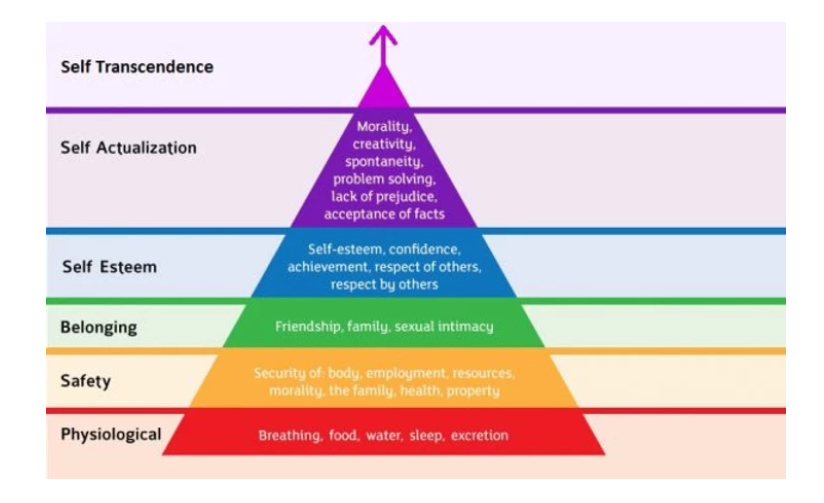Defining Conscious Consumerism
When I first started learning about sustainable fashion, the term conscious consumerism kept popping up. Tracking down a set definition, the closest I came to was:
“a consumer who takes into account the public consequences of his or her private consumption or who attempts to use his or her purchasing power to bring about social change"
It assumes that conscious consumerism has a positive relation to political action and self-actualization. In addition, it has been considered elitist for consumers to be an agent of change by considering the social, environmental, ecological, and political impact of their purchases. This is based on the believe that only consumers who have higher education, more leisure time and are middle aged have the privilege of becoming aware of their purchasing power and capable of buying ethical and sustainable products.
Breaking It Down
However, as I browsed through articles that intellectualized the inability of bringing about change through individual decisions and actions, it reminded me of Maslow’s Hierarchy of Needs.
Maslow’s Hierarchy of Need is a motivational theory in psychology created by Abraham Maslow, that is represented as a pyramid with five levels of needs. It suggests that base needs need to be met before an individual can move upwards to higher-order needs. The first four levels are known as deficiency needs.
At its base, physiological needs are things essential to survive, like water, food and air. Once the base has been fulfilled, safety needs must be met. This includes physical and economic safety. For context, physical safety includes protection from violence, conflict and war and economic safety includes paying bills, having life insurance and maintaining a job. Once safety has been met, social needs become more important. It is centered around feeling a sense of belonging by forming and maintaining social connections with like-minded people. This is accomplished by being part of relationships, workplace association, religious groups or sports. After social needs have been met, the need for recognition and esteem needs to be met. This allows people the ability to feel like they are important contributors to society. Thereafter, the fifth level consists of self-actualization. This is when people have the need to fulfill their full potential and become their best self-possible. Since this is a never-ending process, the actualizing tendency made Maslow aware of an additional level referred as self-transcendence.
Self-transcendence involves individuals looking outside of oneself and developing a greater awareness of their connection with humans on a wide scale. Although I agree that an individual must have needs met to self-actualize, one does not have to obtain higher education, earn a higher income and be older to be conscious consumers. There is many low cost resources and free information that allows anyone, no matter age, race and socioeconomic status, to be more aware of their impact when purchasing products.
Therefore, in this blog, conscious consumers will be defined as:
“those that want to make the right decisions by using their purchasing power to create the change they want to see in the world”.
However, conscious consumerism is just the start of self-transcendence. We must challenge social norms, commit to fighting for what we believe in and defend our stance. This is not an easy step because it requires an internal process of actualization that makes forces us to keep questioningwho we are and what we stand for.
It is easy to buy ethical and sustainable fashion in a capitalistic society, but it takes the best version of ourselves to take action in addressing various social injustices in the fashion industry. Systemic change comes from taking small steps to a better tomorrow and one of the easiest ways of doing this in through individual conscious consumerism.
So, ask yourself:
What are your values and motivation in being more of a conscious consumer in the apparel industry?
What are you trying to accomplish in supporting ethical and sustainable fashion brands?
These two initial questions can allow you to take a moment to think about what being a conscious consumer means to you. To see the change you want to see in the world, we must be open to learn, have a desire to self-actualize and see how we can create a wave of change in context of both our local and global community.
